You can’t keep a good kaiju down. Godzilla has made almost 40 appearances at movie theaters since he first emerged from the waves in the mid-1950s. As the King of the Monsters has assumed a special place in pop culture, he’s taken quite a journey on the big screen. Over the years, he’s been both enemy and protector of humanity. Originally a metaphor for nuclear weapons, the irradiated creature has since taken on as many meanings as monstrous foes, both at his original home of Toho Studios and in Hollywood adaptations.
So what makes a great Godzilla film? Is it the mass destruction or the meaning behind it? Could it be the special effects or the depth of the plot? Is it about the monsters or the humans trapped in their path?
As the following list shows, it’s often a combination of all of these. Godzilla movies work best when they’re packed with ideas, balancing fantasy with reality. Across 36 films, the pop culture icon has had plenty of practice.
Here are ten must-watch Godzilla starring roles.
Godzilla (1954)
When the legend began.
Akira Ifukube’s memorable music was intended for the film’s defense forces but became Godzilla’s official theme when the atomically charged monster emerged on the screen and our planet. The parallel with nuclear destruction was clear, but it was the movie’s mix of action and melancholy that ensured its lasting influence.
An American cut, called Godzilla, King of the Monsters!, surfaced in 1956, mixing the Toho film with a new plot that followed Raymond Burr around wrecked Tokyo. As the original wasn’t officially released outside Japan for 50 years, that’s how many people first met Godzilla. But it was the Japanese cut that did all the hard work, launching the creature’s Shōwa era that produced 15 films over 21 years.
King Kong vs. Godzilla (1962)
When two movie icons appeared in color and widescreen for the first time.
It only took Godzilla three films to meet his ape rival, but he’d already slipped to second billing. Although the bar was lower than the sea monster’s first appearance, the brutal scraps building to a battle on Mount Fuji didn’t disappoint. Adapted from a concept that initially pitched the giant ape against Frankenstein, Toho’s instinct for this particular match-up proved correct.
After Godzilla’s slow start on the big screen, this is the film that convinced the studio to speed up production. Willis O’Brien, the animator of the original stop-motion Kong, wasn’t pleased with the suits used to portray the beasts, but audiences were less concerned. No other Godzilla film has enjoyed a bigger audience in Japan.
Destroy All Monsters (1968)
When Toho created the original Monsters Assemble!
It was Godzilla’s ninth big-screen appearance, and eleven monsters showed up for the party. You can see the influence on later blockbuster films, notably a dinosaur park classic. Having achieved peace by the end of the Twentieth century, humans had restricted kaiju to a region called Monsterland. A great idea until aliens took control of them.
After Godzilla took on King Kong in 1962, this was the main event. The original slow-build ensemble movie with a global scope and a climactic Ghidorah and Fire Dragon smackdown. Thanks to its simple, action plot and pounding soundtrack, Destroy All Monsters has remained a fan favorite.
Terror of MechaGodzilla (1975)
When the Shōwa era ended.
Mechagodzilla returned to the franchise a year after his arrival and almost instant destruction by Godzilla. This time the technological terror’s alien creators wisely combined their robot with human brain cells and a cyborg operator. Writer Yukiko Takayama won a contest to become the franchise’s first female writer. Alongside returning director and franchise creator Ishirō Honda, she brought a mix of action and melancholy back to the franchise. In some ways, it made for a fitting end for the series’ Shōwa era, although it remains Godzilla’s least-watched film.
Godzilla vs. King Ghidorah (1991)
When King Ghidorah showed how dangerous it could be.
While Godzilla’s a terrestrial terror, he’s faced many alien threats. Ghidorah’s appearance in 1964, fresh from ravaging Venus, started Godzilla’s shift to a friendlier antihero. Finally, the original menace had an archenemy we could all unite against, and it had three heads. Three decades later, the monster returned in an attempt to stop the franchise’s box office slide. Although controversial for its blunt commentary on Japan-United States relations, the weight of ideas, including time travel, wins out.
Godzilla, Mothra, King Ghidorah: Giant Monsters All-Out Attack (2001)
When a new Godzilla emerged for a new century.
This awkwardly named movie reframed Godzilla as a vengeful spirit. Writing off years of films to pose as a direct sequel to the 1954 original, director Shusuke Kaneko pushed a heavy anti-war message by blurring the supernatural with Godzilla’s familiar origin. Not only had the sea monster changed, now empowered by the spirits of those killed by the Imperial Japanese Army as much as radiation. In an unusual twist, Ghidorah returned to take on a heroic role.
Godzilla: Final Wars (2004)
When Godzilla threw a 50th birthday party.
A knowing wave at the fanbase, Toho threw their most famous monster a kaiju-bursting party for his golden anniversary, and everyone was invited. Fourteen monsters made an appearance in this four-country co-production. It’s not surprising that political statements on international relations were washed away in the onslaught. In the end, this lived up to its name. Not only the final film of Godzilla’s Millenium sequence, but it would also be ten years before he roared again.
Godzilla (2014)
When Hollywood got Godzilla right.
Legendary’s update was Hollywood’s second complete adaptation and probably the most visually stunning if a bit too dark. It was an impressive and successful attempt to build a new universe, positioning Godzilla as an ambivalent antihero from the start. It succeeds in ways the 1998 Hollywood movie didn’t – fortunately, Godzilla is not revealed to be a mutated marine reptile. This adaptation paid homage to the monster’s past while taking inspiration from the recent Fukushima Daiichi nuclear disaster. It’s a shame it followed the least exciting characters from its halfway point, but the monsters and city assaults made up for that.
Shin Godzilla (2016)
When Godzilla showed it hadn’t lost its satirical bite.
After Hollywood’s Godzilla hit big at the box office in 2014, Toho announced their third franchise reboot. With a reasonably conventional American smash to the icon’s name, the studio was free to take him in any direction they wanted. The only thing more surprising than that direction being political satire was that it was Godzilla’s best outing for years.
Shin Godzilla also drew on recent tragedies, including the earthquake, tsunami, and nuclear disaster Japan suffered in 2011. The result was a multi-layered epic that rejuvenated the monster in his homeland. Denied a deserved sequel, if any entry that was going to sit distinctly in the series, it was this one.
Godzilla vs. Kong (2021)
When Godzilla roared back to the box office.
When Legendary Pictures launched their Monsterverse with 2014’s Godzilla, the march towards this clash of the titans was a poorly kept secret. Following the disappointment of 2019’s Godzilla: King of the Monsters, an underrated film that was overstuffed with universe-building, Adam Wingard took the reins for a proper kaiju grudge match.
Godzilla vs. Kong had a bit of everything. Action set-pieces, a trip to the center of the planet, sea battles, mass destruction, human intrigue, and a sense of humor. As cinema recovered from the pandemic, Godzilla vs. Kong quickly took a spot in the top five highest-grossing films of 2021. If there was a downside, you could guess the outcome from the moment the rivals meet. But Godzilla has proved time and again that this shouldn’t ruin the fun.



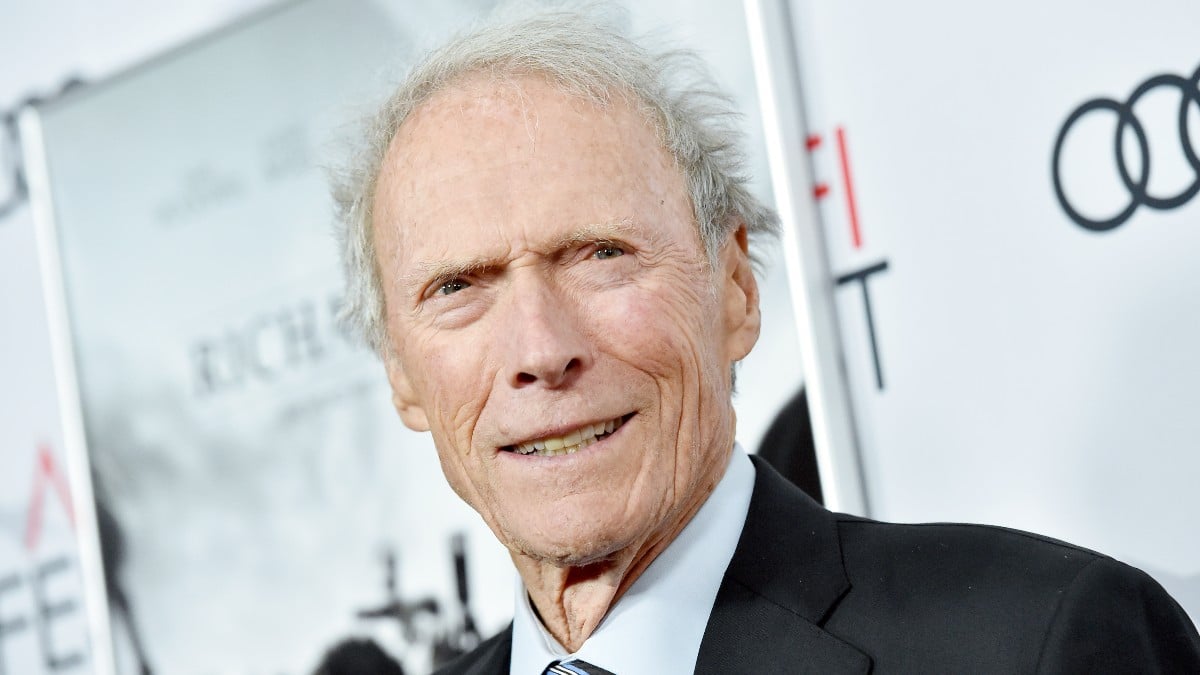
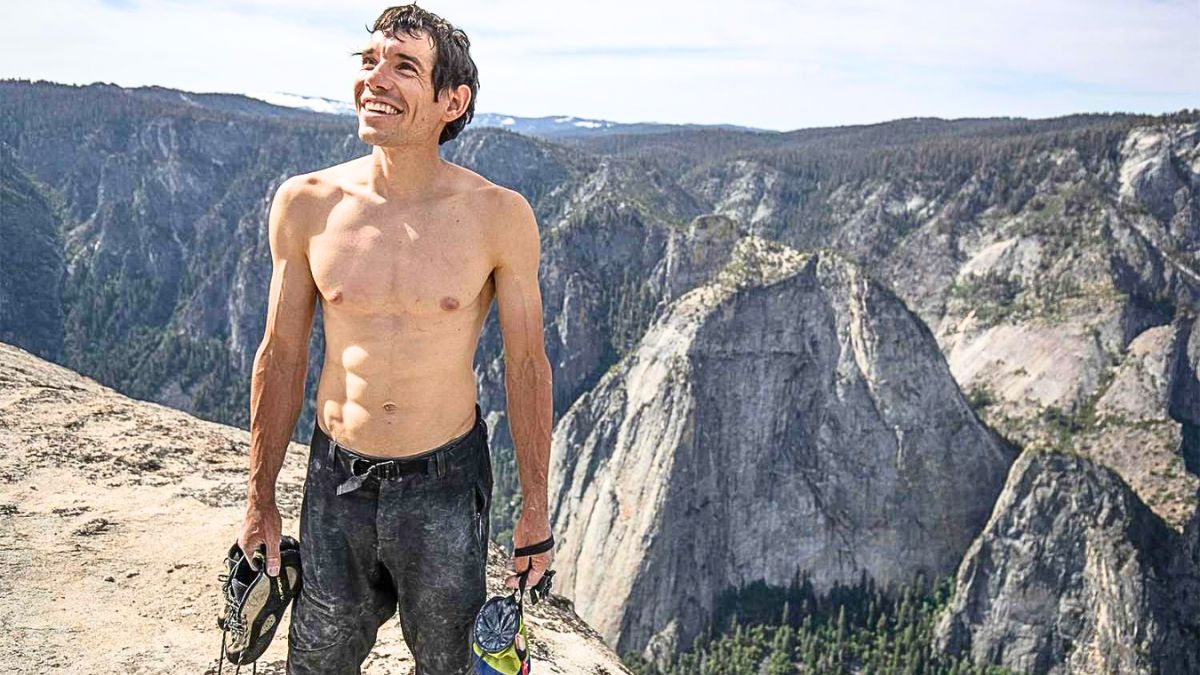
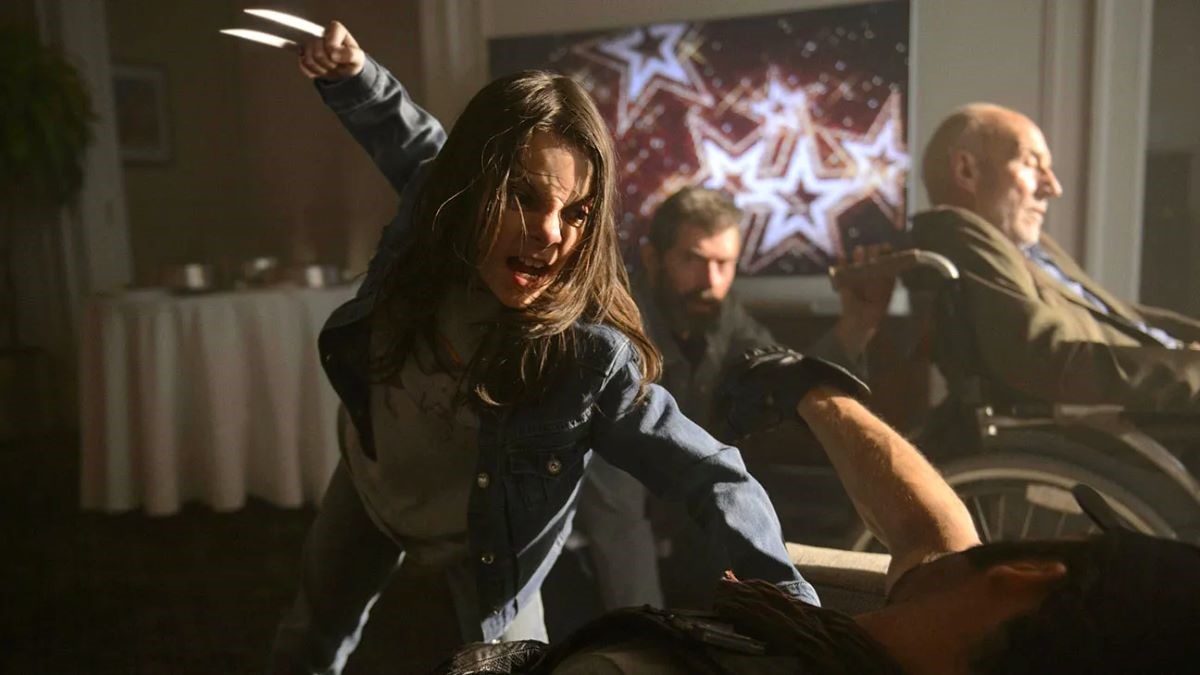
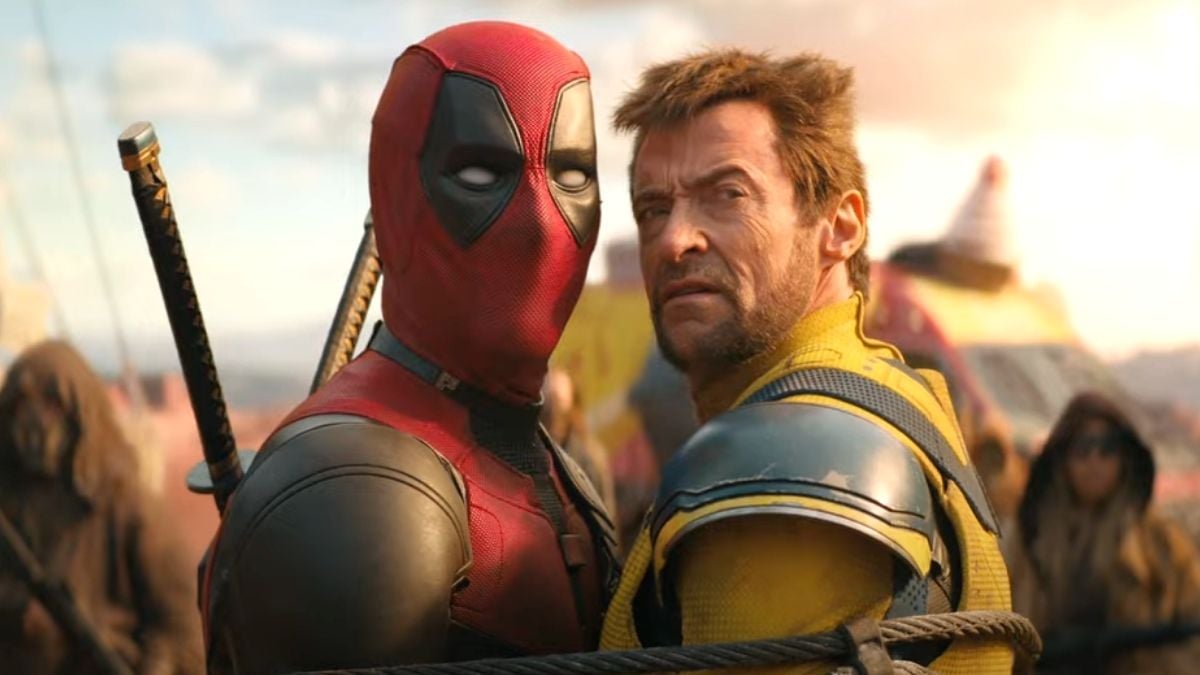
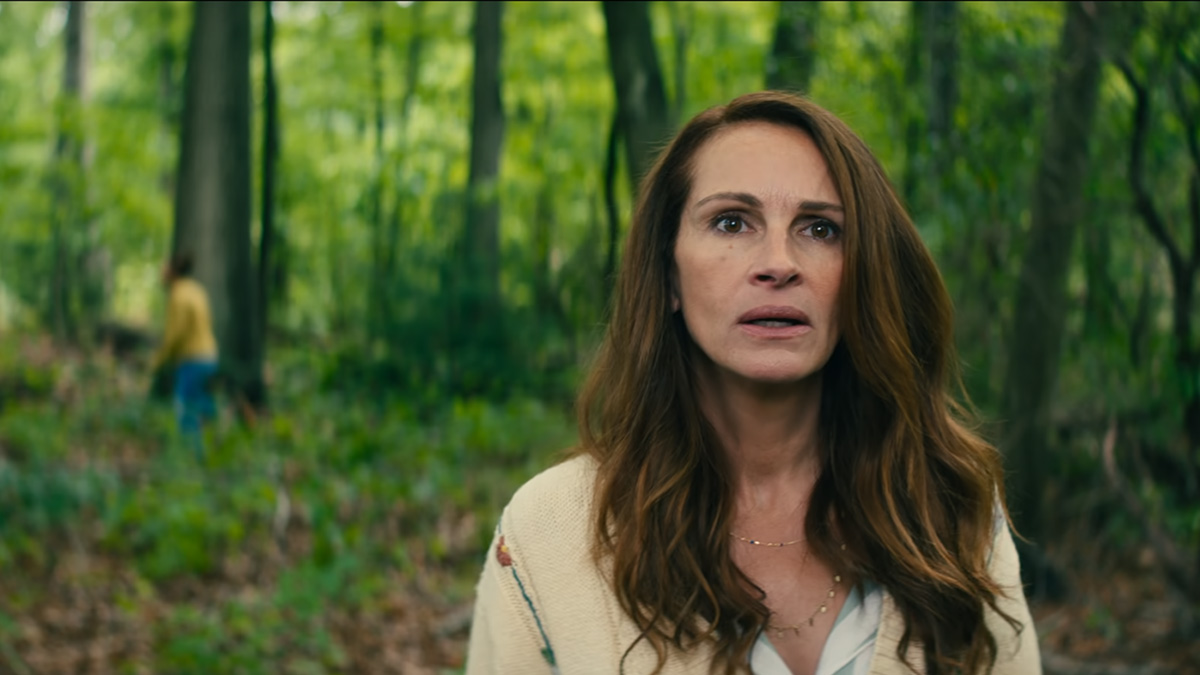

Published: Sep 9, 2021 07:58 pm